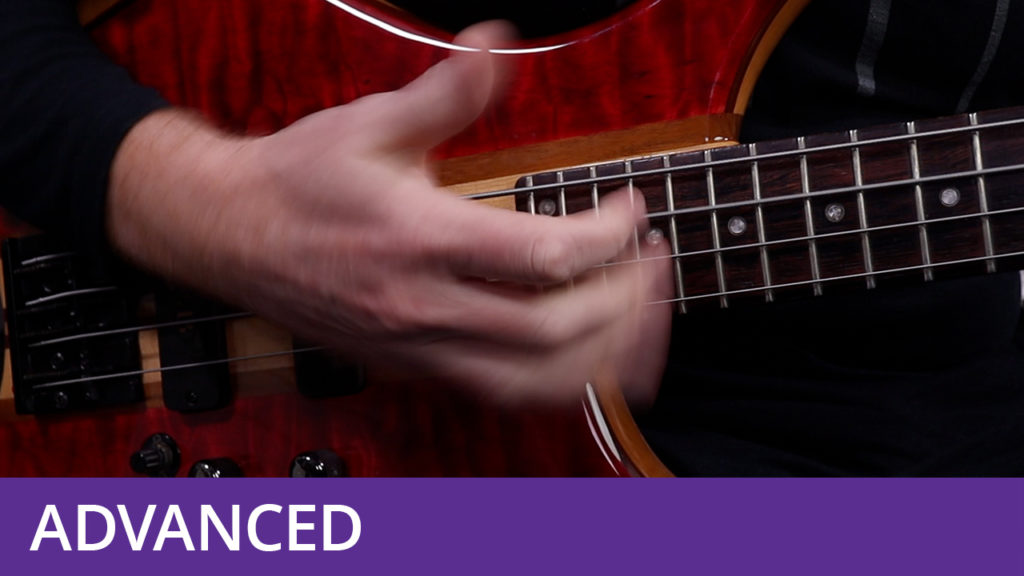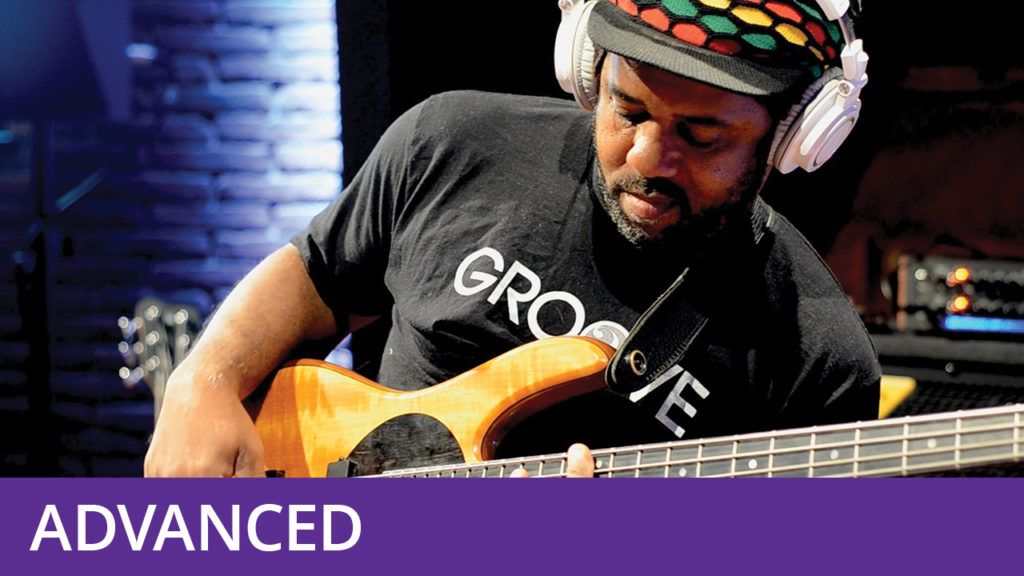Double Thumbing
Course Duration: 52 Minutes | Difficulty Level: 7
The double thumbing technique is a relatively recent addition to the slap bassist’s toolkit. Using this unusual variant on the slap and pop style, it is possible to play lines that would otherwise be difficult or impossible to play using traditional slap technique.
Double thumbing involves using the thumb of the picking hand to play two strokes - a downstroke and an upstroke. In this respect, it is similar in style to the way in which a plectrum is used. When playing using this technique, the downstrokes are played with the upper corner of the thumb (including the nail), after which the thumb passes through the string, ready to play it again with an upstroke. This is relatively simple to do, although it is likely to result in some blisters!
Although the double thumbing technique was popularised by Victor Wooten in the early nineties, it was first used back in the seventies by bassists such as Larry Graham (Sly & The Family Stone) and Doug Rauch (Santana). French Canadian bassist Alain Caron also used it heavily in his playing with UZEB during the eighties.
Don’t forget to hit the Download Resources button above in order to download the PDF worksheet and audio files for this course (available to subscribers only). The worksheet is available with TAB and without, for those who wish to give their reading skills a workout.



